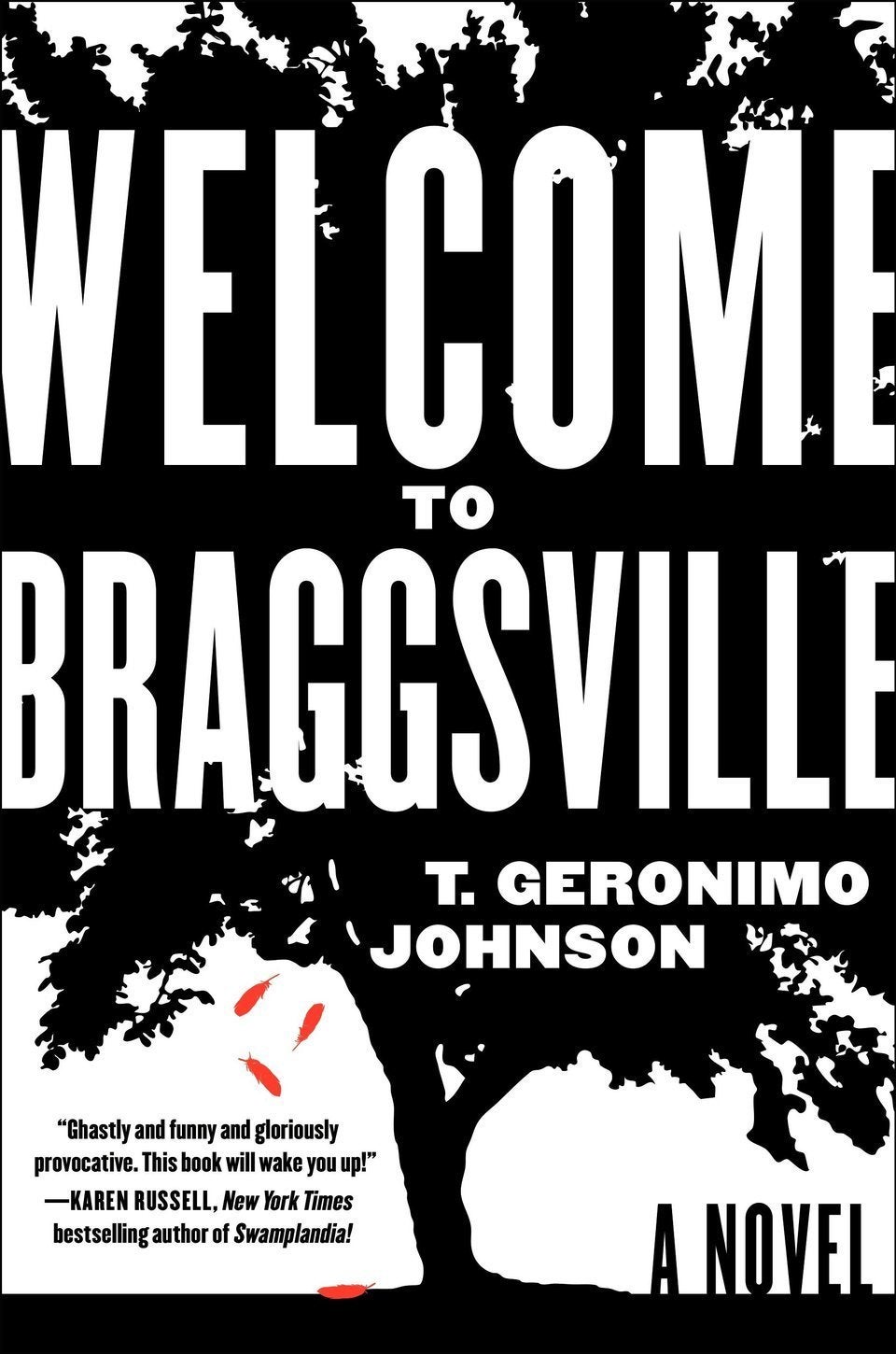
This year’s Banned Books Week kicked off on Sunday. Buttons were worn. Facebook posts about the ignorance of those striving to make information inaccessible were crafted. Literature was celebrated with zeal.
As always, those behind the campaign highlighted statistics indicating that the desire to censor -- an impulse humanity has acted upon throughout most of our history, restricting reading materials from school curricula or entire societies -- still exists in America and beyond. And, as always, decriers decried: Books aren’t really banned in America anymore. So what’s the fuss about?
It’s worth reexamining, then, why Banned Books Week exists, and why it should continue to, in spite of the (currently) waning threat of censorship.
Established in 1982 by librarian Judith Krug, Banned Books Week is sponsored by a handful of organizations, including the Library of Congress. But the driving force behind the awareness campaign is the American Library Association, which describes it as a promotion of “the freedom to choose or the freedom to express one's opinions even if that opinion might be considered unorthodox or unpopular and stresses the importance of ensuring the availability of those viewpoints to all who wish to read them.”
As part of its annual campaign, the American Library Association provides a snapshot of where and why people attempted to censor library books in one particular year. This year, Sherman Alexie’s The Absolutely True Diary of a Part-Time Indian topped the list of titles, due to purported cultural insensitivity, drugs, sex and depictions of bullying. Marjane Satrapi’s Persepolis came in at number two for similar reasons, and And Tango Makes Three, Justin Richardson and Peter Parnell’s children’s book about a baby penguin with two dads, was third.
This list, and other such rankings and timelines on the American Library Association’s site, is compiled based on data from the organization’s Office for Intellectual Freedom, an arm that works directly with librarians and teachers who need support when faced with potential challenges. For that reason, it represents only a slice of censorship attempts, many of which go unreported. And, because it is the Office for Intellectual Freedom’s priority to equip those handling censorship attempts with legal support, identifying details about the challenges aren’t revealed to the public.
That this data is murky has always spurred contention, but especially recently. This summer, David Goldenberg wrote for stats-driven site FiveThirtyEight about his attempt to identify the most challenged book in the country. A little poking around on the ALA’s site revealed this to be And Tango Makes Three, but he wanted to verify that with the organization. When the ALA’s Office of Intellectual Freedom declined to provide the writer with raw data -- which contains identifying details about specific school districts and libraries -- he retaliated with an article addressing the statistical validity of its lists.
In a conversation with The Huffington Post, Assistant Director of the ALA's Office of Intellectual Freedom Kristin Pekoll confirmed that their data is confidential in order to protect librarian's and teacher's jobs -- those combating challenges want to ensure that their position doesn't jeopardize their jobs. So, because these lists aren't for public consumption, it's impossible to discern whether they are statistically valid. But determining whether one book was challenged more times than another book is beside the point. The point is not to rank inflammatory books like game highlights. It’s to remind readers that information hasn’t always been free, and that we have librarians to thank for its freedom. And to be fair, this point could be made without compiling statistically shaky lists, and the ALA would do well to consider other avenues.
Other concerns surrounding Banned Books Week center mostly on semantics. The ALA unwisely lumps “banned” books and “challenged” books together into one category, although banning a book poses a much greater cultural threat than challenging one. Broadly, “banning” constitutes removing a title from an institution; “challenging” represents an attempt to do so, but the term can encompass even the most innocuous parental griping. That this spectrum is broad and varying, yet discussed as a consistent whole under the banner of Banned Books Week, has raised questions in recent years.
In 2009, Mitchell Muncy wrote an article for The Wall Street Journal titled “Finding Censorship When There Is None.” Parents rallying against Harry Potter isn’t censorship, he wrote. Censorship is a government restricting access to books. He’s right; banning and censorship aren’t necessarily words that should be in our contemporary vocabulary, save to discuss the past and to ensure that our current path carries us into a bright, informational future. As it stands, challenging is the word, and the act, up for discussion.
Challenged Books Week doesn’t have the same rally-cry ring to it as Banned Books Week. That’s because challenges aren’t such starkly bad things. They’re the first step towards a ban, and so they tread on dangerous, uncomfortable territory -- sometimes necessarily so. As Ruth Graham writes in a recent essay for Slate, “a parent merely questioning the presence of a book on a required reading list [...] is part of a reasonable local conversation about public education.”
True! But without careful moderation, these conversations can (and, historically, have) slide into more emphatic demands that a book not be taught in school due to its themes of sexuality. Who’s guarding this slope, preventing a slip from questioning into banning? Librarians.
In her argument against celebrating Banned Books Week, Graham broke down the challenges listed on the ALA’s site. Of 290, 27 concerned public libraries as opposed to school libraries and school curriculums. “Of the 27 cases in which a book was challenged at a public library, the ALA documents a whopping four cases that definitively ended with a book being completely removed from circulation,” she writes, failing to note that it is the Office of Intellectual Freedom’s responsibility to assist in these cases, ensuring said happy outcome.
Almost as an aside, Graham notes that we live in an age where, if a book does happen to be banned from a library or school, citizens can access it more easily than ever. With Amazon! And money. This is fine for those who can afford to buy books that aren't available to them in libraries, and those who have the knowledge of the existence of such books. Libraries don’t pretend to primarily be serving these communities. They support those who need free access to information.
The piece is headlined: “Why Do We Still Publicize Banned Books Week? The Good Guys Won!” Well. Collectively, yes, the side of free information is on a serious upswing. But this isn’t a naturally occurring phenomenon -- as evidenced by our storied history of censorship, and the still-waging war against free expression happening elsewhere in the world. It’s thanks to the work of organizations such as the ALA, which equips librarians and teachers dealing with challenges with advice and legal services. They do the behind-the-scenes work that ensures challenges don’t turn into bans; that they’re successful in this is a very important thing worth celebrating, and, yes, publicizing.
Also on HuffPost:

